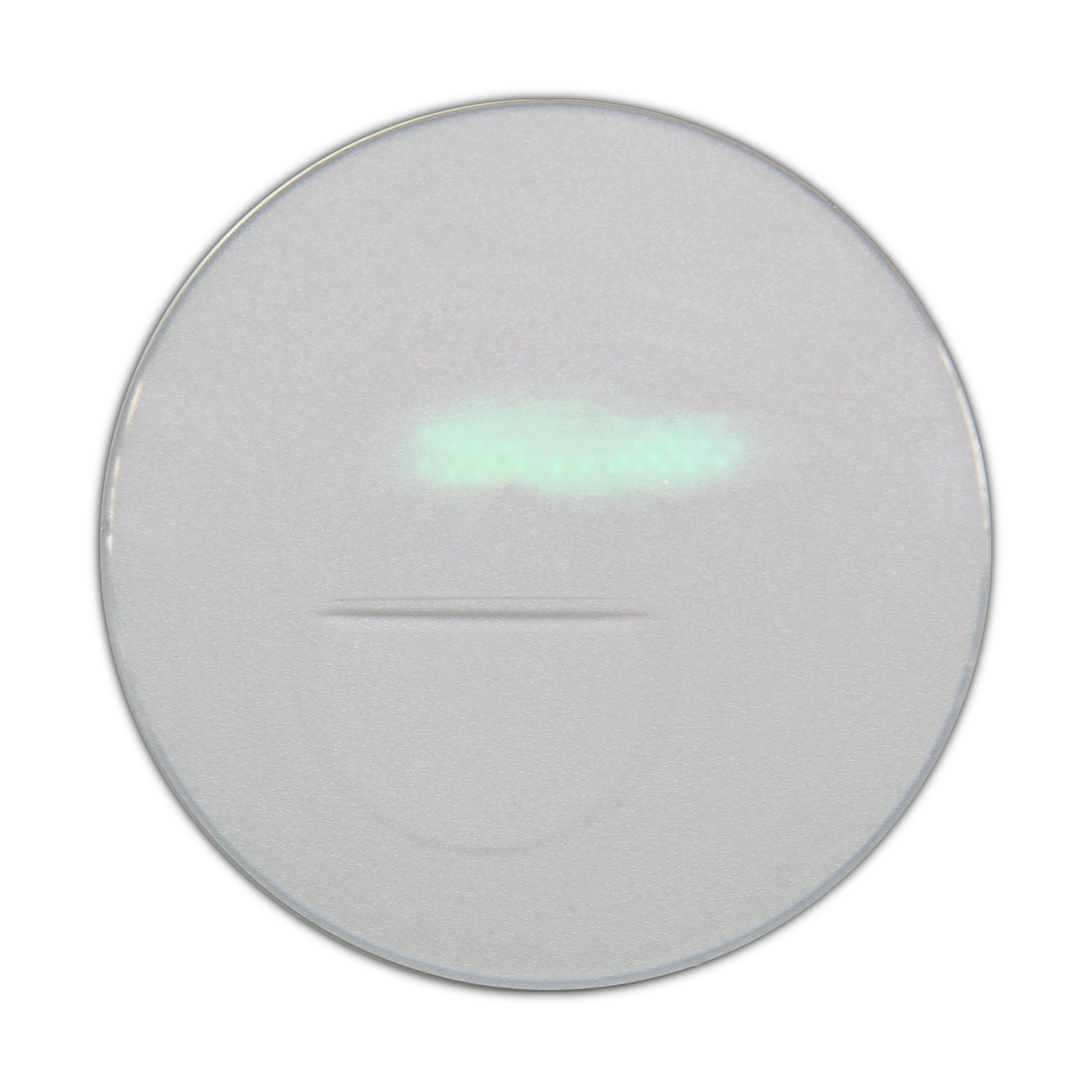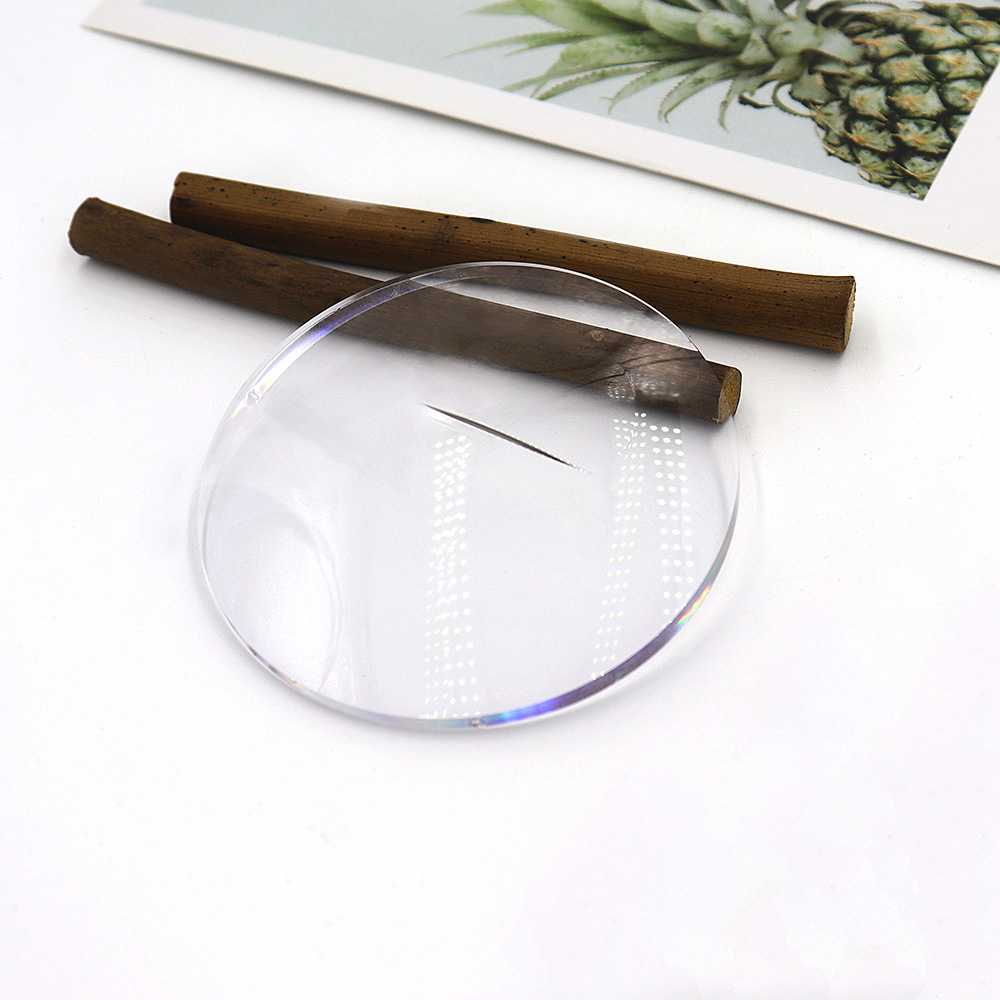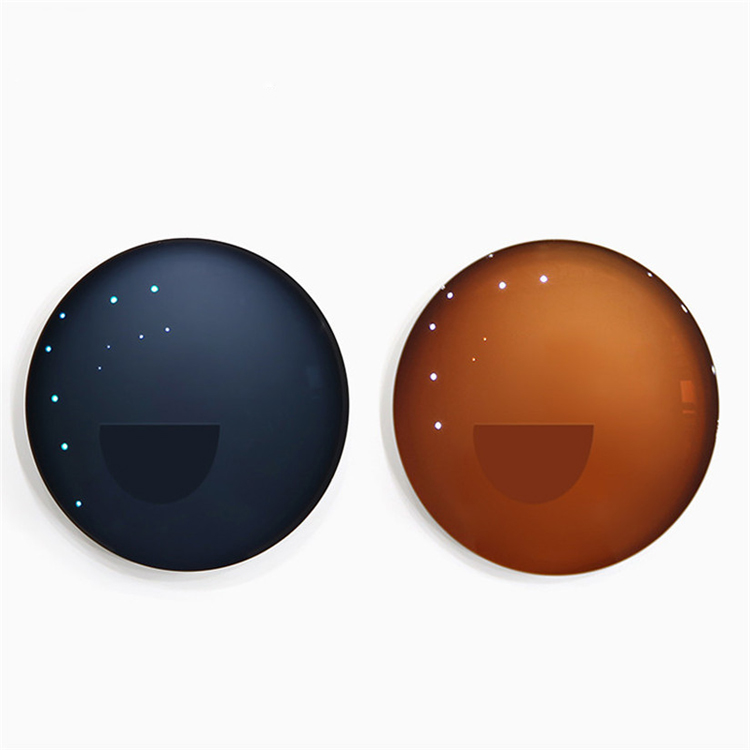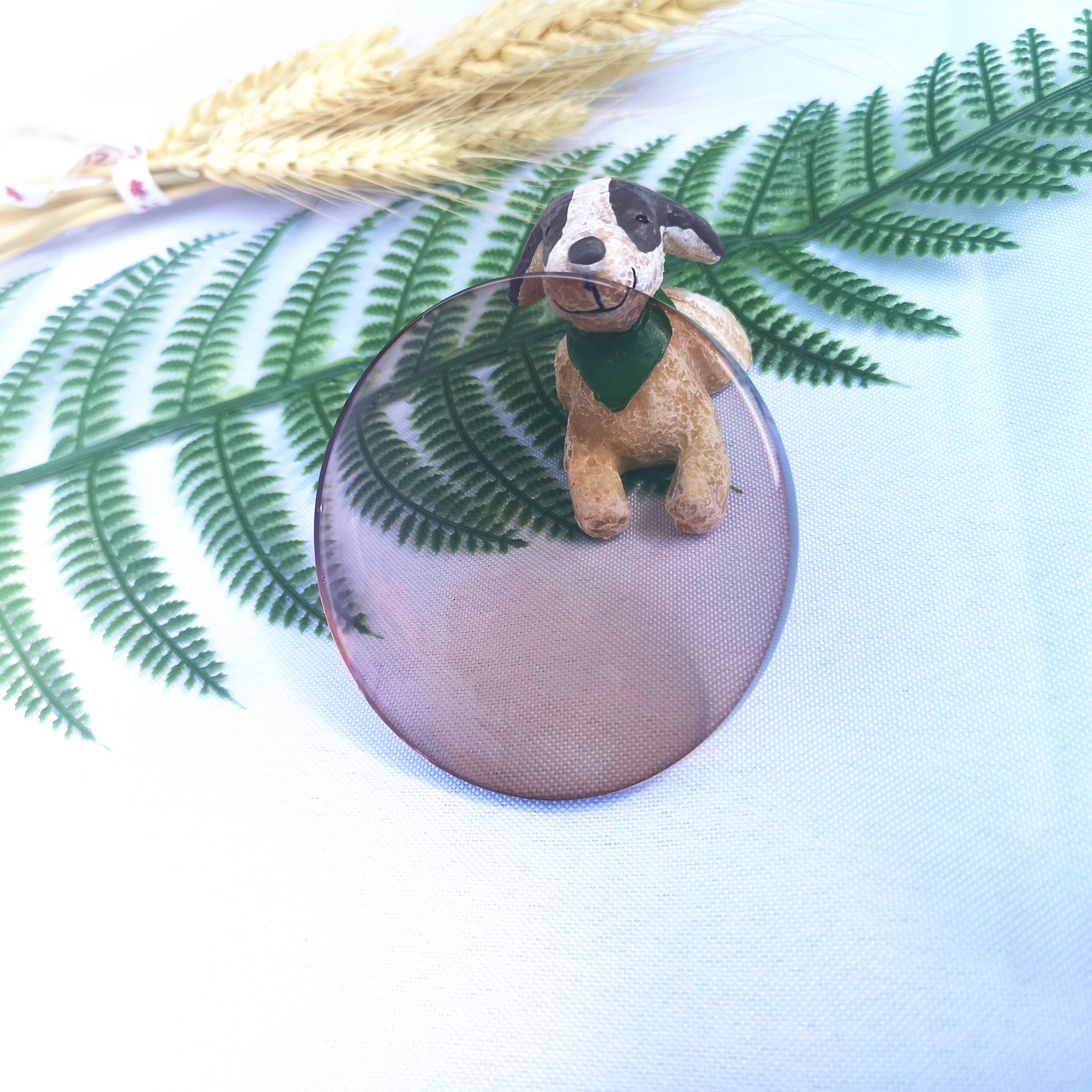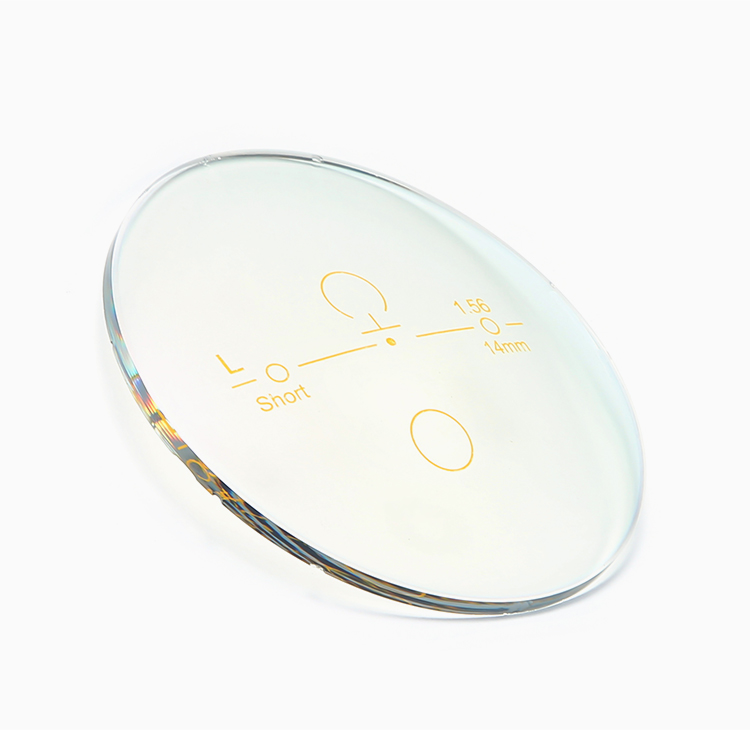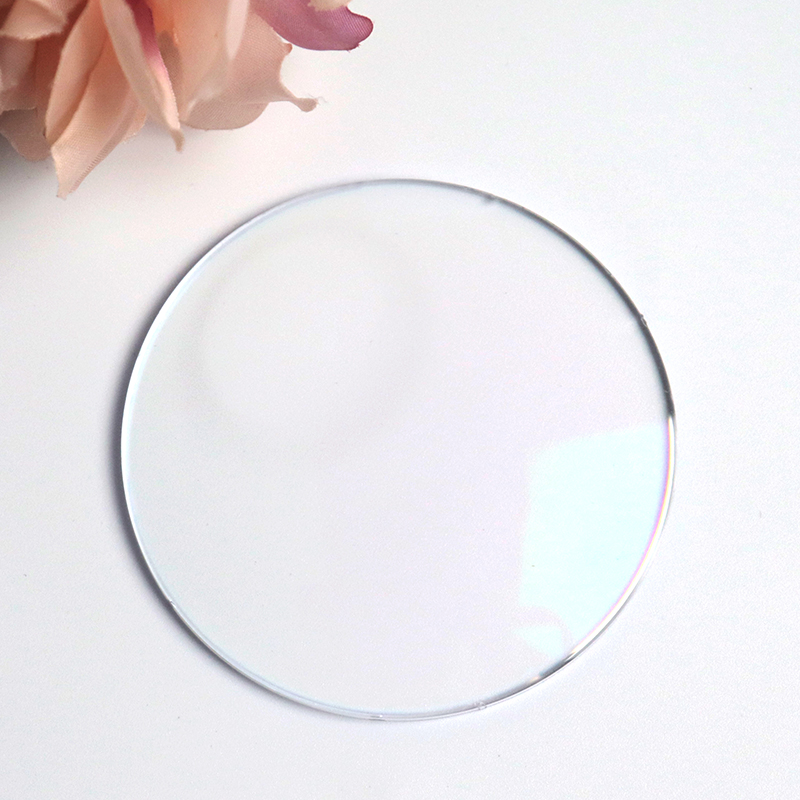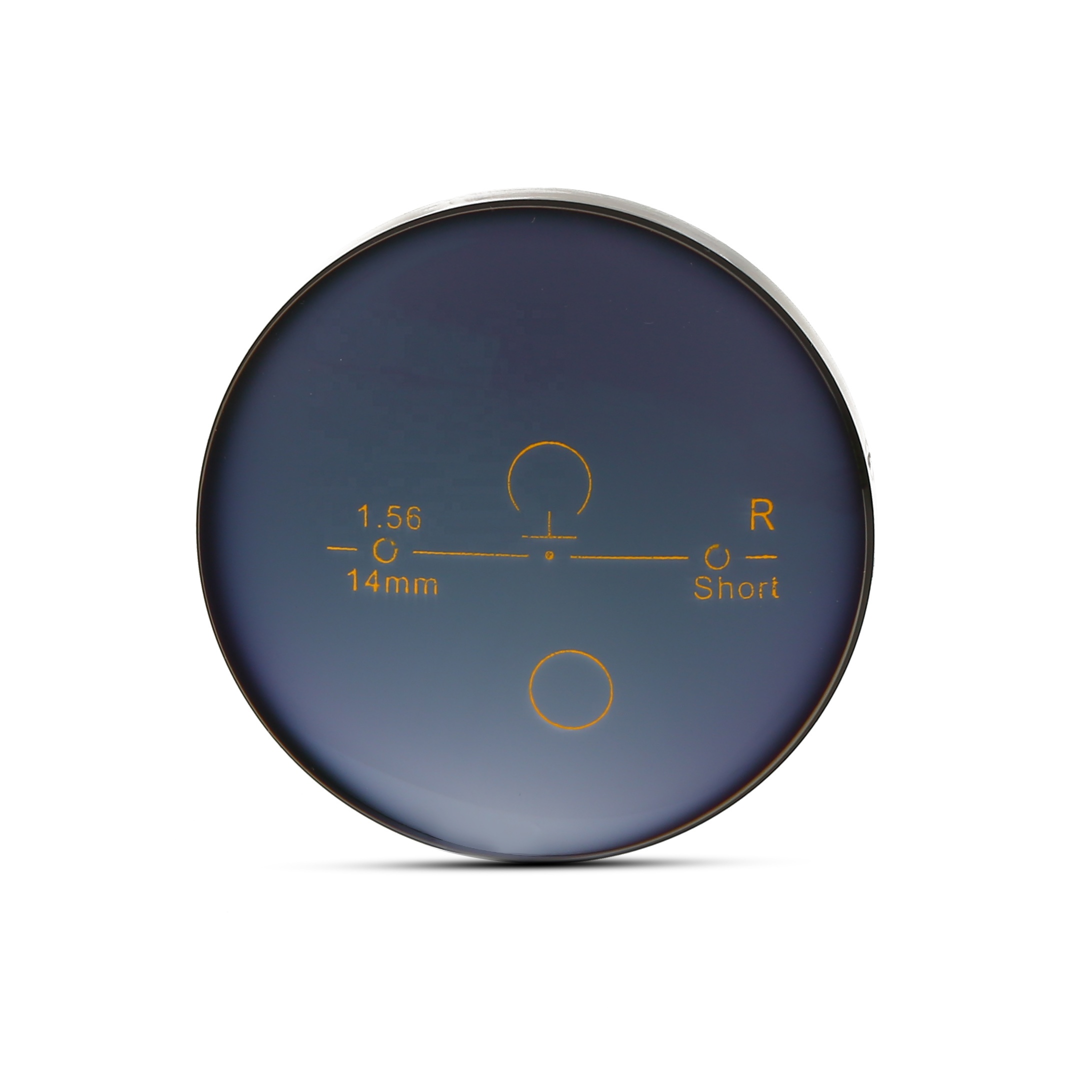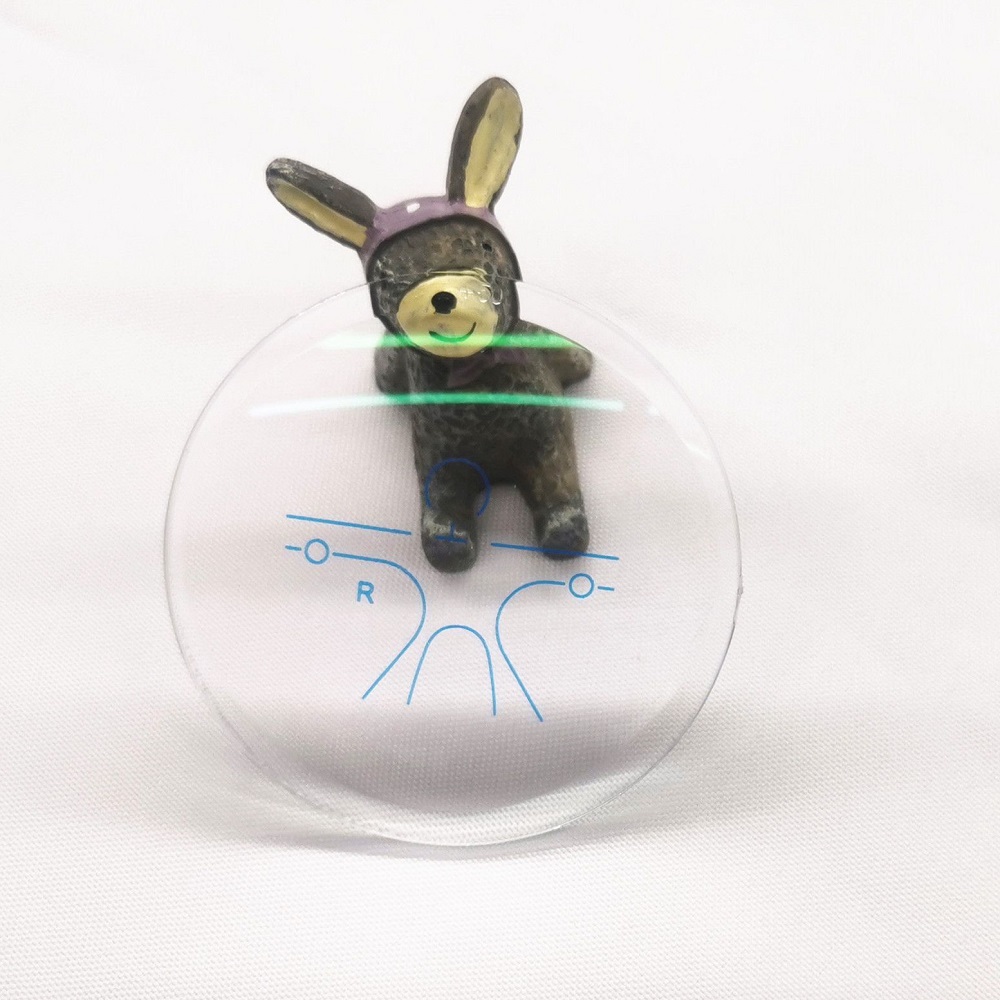SETO 1.56 Photochromic Flat top bifocal Lens HMC/SHMC
Specification
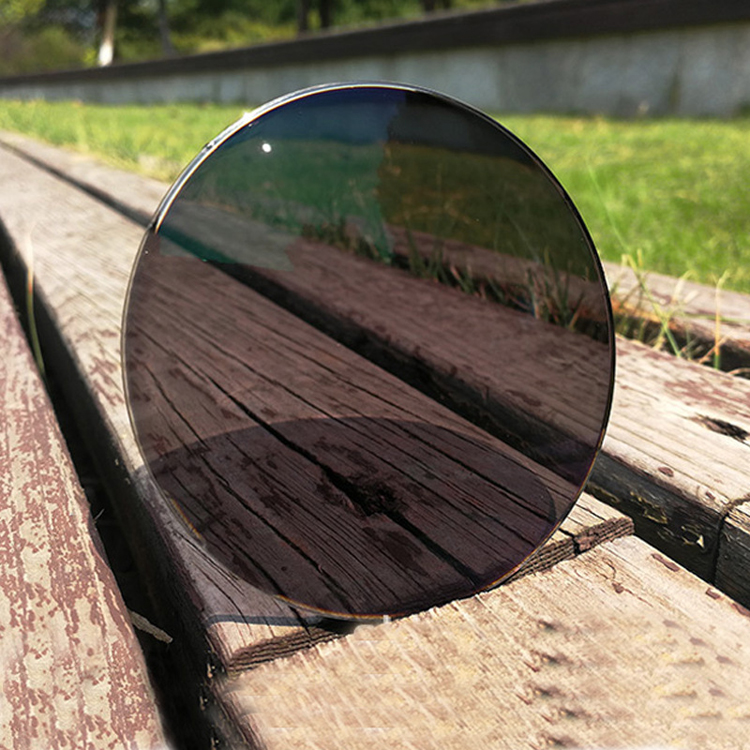
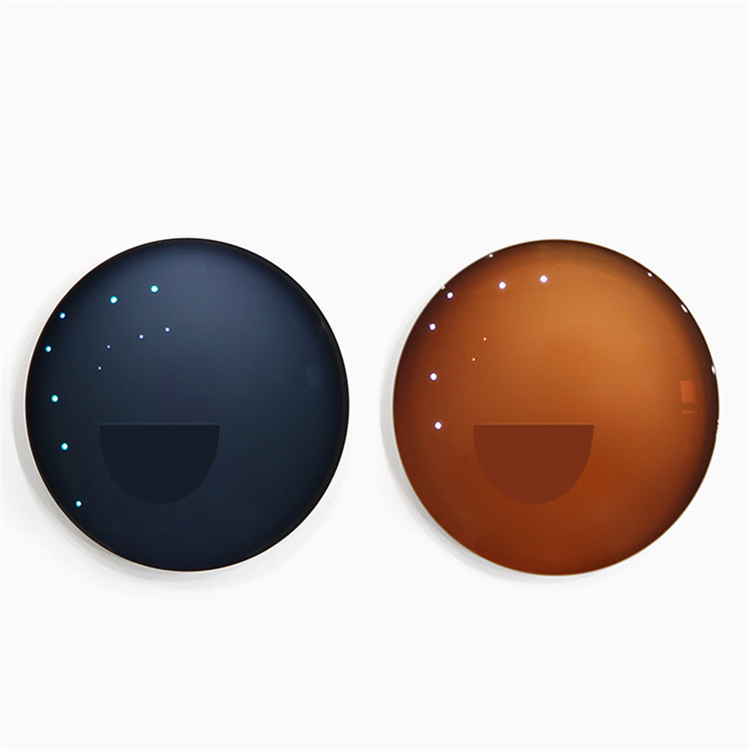
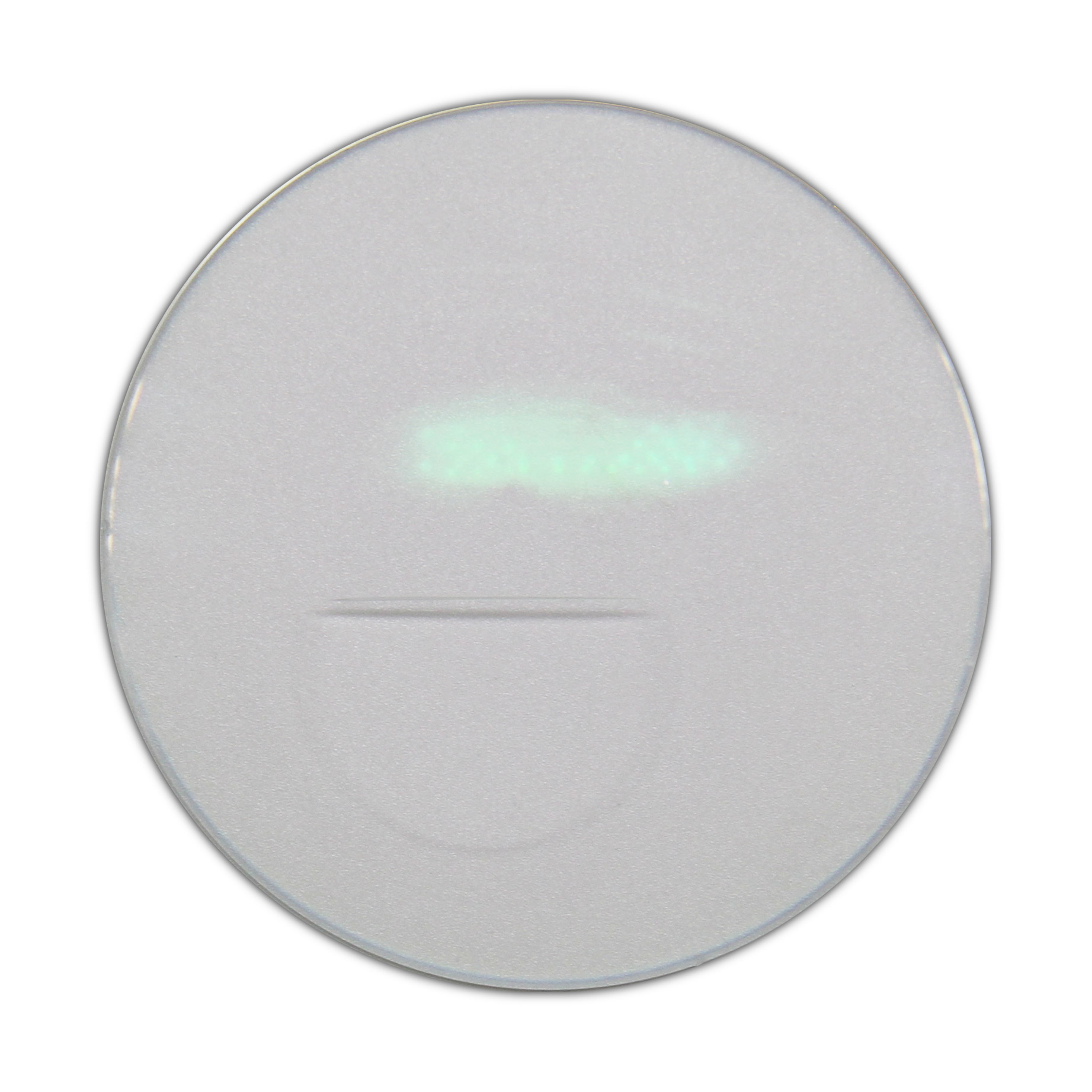
|
1.56 Photochromic Flat Top Bifocal lens |
|
| Model: | 1.56 optical lens |
| Place of Origin: | Jiangsu, China |
| Brand: | SETO |
| Lenses Material: | Resin |
| Function | Photochromic& Flat top |
| Lenses Color | Clear |
| Refractive Index: | 1.56 |
| Diameter: | 70/28 mm |
| Abbe Value: | 39 |
| Specific Gravity: | 1.17 |
| Coating Choice: | SHMC |
| Coating color | Green |
| Power Range: | Sph: -2.00~+3.00 Add: +1.00~+3.00 |
Product Features
1)What is bifocal lenses?
Bifocals are lenses with two distinct corrective powers. Bifocals are commonly prescribed to presbyopes
which require a correction for myopia (nearsightedness) or hyperopia (farsightedness) with or without correction for astigmatism (distorted vision as a result of irregularly shaped lens or cornea). The primary purpose of a bifocal lens is to provide the optimal focus balance between distance and near vision.
Generally, you look up and through the distance portion of the lens when focusing on points farther away, and you
look down and through the bifocal segment of the lens when focusing on reading material or objects within 18
inches of your eyes.It is generally accepted that Benjamin Franklin invented the bifocal. The most common bifocal today is the Straight Top 28 Bifocal which has a straight line across the top with a 28mm radius. There are several varieties of straight top bifocals available today including: Straight Top 25, Straight Top 35, Straight Top 45 and the Executive (The original Franklin Seg) which runs the complete width of the lens.
In addition to straight top bifocals there are completely round bifocals including Round 22, Round 24, Round 25
and Blended Round 28 (no definitive segment).
The advantage to the round segment is that there is less image jump as one transitions from the distance to the near portion of the lens.
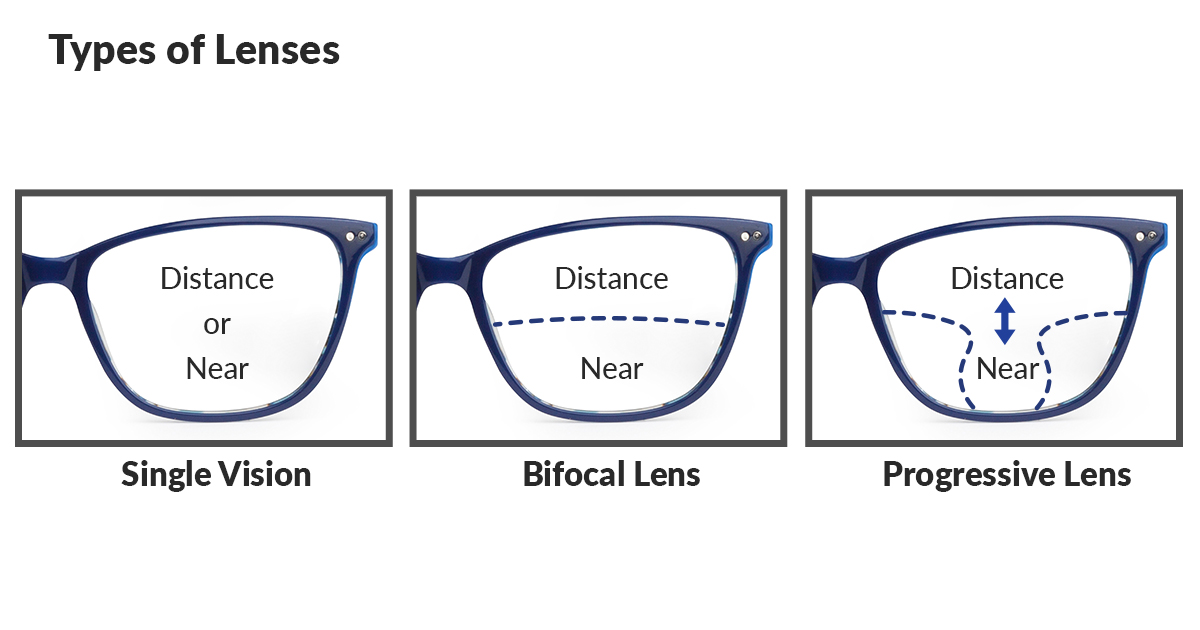
2) Characteristics of photochromic lenses
Photochromic lenses are available in nearly all lens materials and designs, including high indexes , bifocal and progressive. An added benefit of photochromic lenses is that they shield your eyes from 100 percent of the sun's harmful UVA and UVB rays.
Because a person's lifetime exposure to sunlight and UV radiation has been associated with cataracts later in life, it's a good idea to consider photochromic lenses for children's eyewear as well as for eyeglasses for adults.

3) What is the difference between HC, HMC and SHC?
| Hard coating | AR coating/Hard multi coating | Super hydrophobic coating |
| makes the uncoated lens hard and increases the abrasion resistance | increases the transmittance of the lens and reduces surface reflections | makes the lens waterproof, antistatic, anti slip and oil resistance |
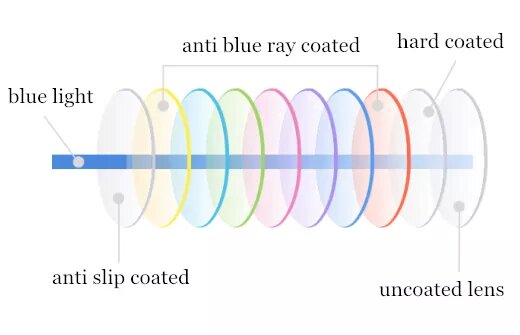
Certification



Our Factory



